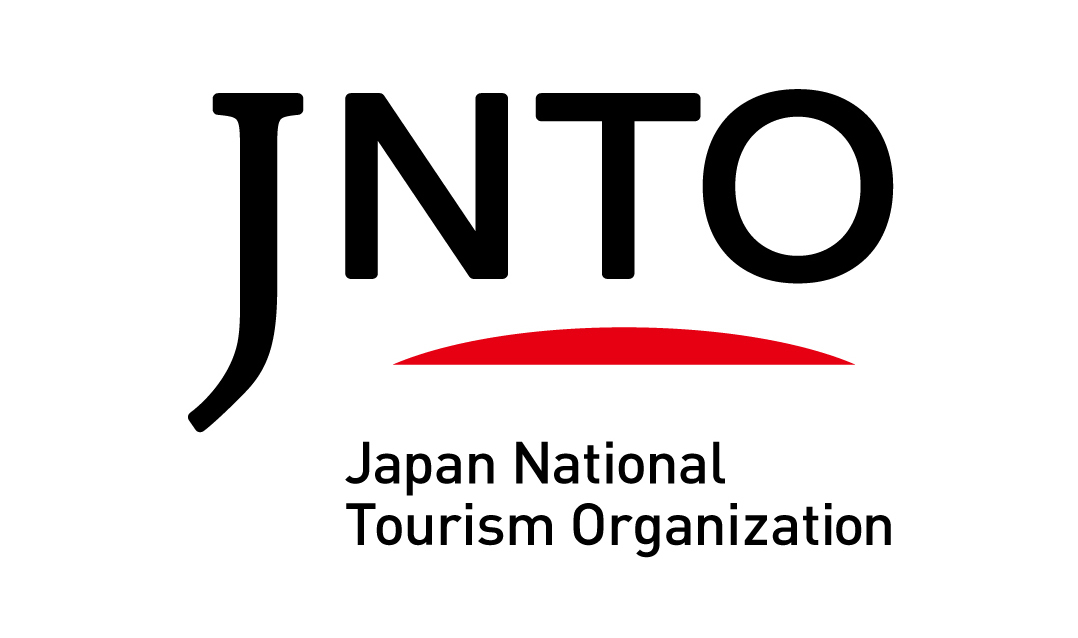|
JNTO CANADA NEWSLETTER - DECEMBER 2022
|
|
|---|
|
Photo: © iStock / recep-bg |
|
|---|
|
|
Japan’s big cities are a draw for visitors year-round, offering dining, culture, shopping and attractions that can be enjoyed no matter the weather. But the country also attracts a large number of visitors specifically seeking snowier climes. Some of the world’s snowiest cities are in Japan (Aomori, Sapporo and Toyama), and all that high-quality powder makes the country a dream for snow sport enthusiasts. With winter resorts ranging from casual, family-focused destinations, to the most luxurious you can imagine, Japan is a fit for all budgets, skiing levels, and ages! Add in some unique traditions, captivating festivals, and opportunities for exploring nature, and Japan emerges as a welcoming winter must-visit destination.
|
|
|---|
|
|
Illustration: © iStock / DragonTiger |
|
|---|
|
WELCOMING THE NEW YEAR IN JAPAN
New Year’s is one of Japan’s most important holidays, complete with lots of lively celebrations, meaningful traditions, and delicious food. But unlike its Asian neighbours that observe the Lunar calendar,
Oshogatsu (Japanese New Year) is celebrated on January 1. Preparations start in late December, with families cleaning their homes, settling unfinished business and returning borrowed items so that they can start the new year with a clean slate. Home decorations for the holiday include
kadomatsu, an arrangement of bamboo and pine branches, and a shrine display that includes
mochi (rice cakes) and bitter orange.
On New Year’s Eve, it’s traditional to eat
toshikoshi soba (buckwheat noodles) - they symbolize both longevity and the passing of the year. Just before midnight, people head to a shrine or temple for
hatsumode, the first visit of the year, to pray for good luck. Popular spots for visitors to ring in the new year include Sensoji Temple in Tokyo, and Itsukushima-jinja Shrine in Hiroshima, where festivities start with the Chinka-sai Fire Festival earlier in the day.
New Year’s Day is also filled with symbolism, including staying up for the first sunrise. The traditional 1st of January meal is
osechi-ryori, similar to a divided bento box with multiple layers, with each side dish imbued with symbolism, and accompanied by a broth filled with vegetables and
mochi called
ozoni. On the seventh day of January, a stomach-settling seven-herb rice porridge (
nanakusa gayu) is served, offering welcome respite from the indulgent, celebratory eating!
|
|
|---|
|
Photo: © iStock / helivideo |
|
|---|
|
WINTER RESORTS IN JAPAN: LIKE SNOW OTHER
The combination of high-quality snow, welcoming ski resorts, and lots of activities for non-skiers, makes Japan a top choice among winter travellers. The country’s winter resorts offer a different experience to what snow travellers find in North America or Europe, with
onsens (hot springs), traditional cuisine, and a unique culture of
omotenashi (hospitality). Ski or snowboard lessons for those new to powder are plentiful, while those less sure about strapping on skis can experience the snow via snowshoeing, sledding, tubing, snow buggies, snow bikes and more!
Japan can be divided into six snow regions, each with its own distinctive characteristics. Starting in the north, the island of Hokkaido is a paradise for snow sports enthusiasts, receiving around 15 metres of powder each year over a season that stretches from November through May. At the northern end of Japan’s main island, Honshu, is the Tohoku region. It’s a little quieter than other regions, but still boasts top quality snow as well as plenty of backcountry options. Hokuriku Shinetsu is probably the best known ski region in Japan, home to both Olympic host Nagano and World Cup host Niigata. To the east, Kanto offers towering mountains along with all-important convenience - resorts are just a short train journey from Tokyo. Moving south, the Northern Alps of Tokai are known as the “roof of Japan,” and the area is known for its charismatic
onsen (hot spring) towns. And while the temperatures might be warmer in Western Japan, there’s still plenty of fun to be had in the snow. This region makes it easy to enjoy the mild climate in the cities, and then escape to the surrounding mountains for fun in the snow.
|
|
|---|
|
Photo: © iStock / Y_Hirosan |
|
|---|
|
WINTER FESTIVALS TO CELEBRATE THE SEASON
Japan’s cultural calendar is filled with festivals throughout the year, winter included! In fact, there are events around the country that celebrate the colder weather, bringing crowds outside to take part in the festivities. One example is the annual Sapporo Snow Festival in early February, which attracts around two million people to Odori Park in the centre of Sapporo city to admire building-sized snow sculptures and illuminations. You’ll also find snow slides, snowball fights, and warm beverages at the ice bar. Visitors can take the opportunity to visit the nearby Otaru Snow Light Path, which is on at the same time and sees the port city’s historic canal, railway and hot spring village areas illuminated by the warm glow of candlelight. Another great option is Niigata’s Tokamachi Snow Festival in mid-February, with intricate sculptures located throughout the small city and its neighbourhoods.
For something completely different, Western Japan’s Okayama Prefecture is home to one of dozens of Naked Man Festivals (
Hadaka Matsuri) which are held in late winter. One young, local man is chosen as the “lucky man” and runs naked around the grounds of the Konomiya Jinja Shrine while being chased by others in loincloths . If they succeed in touching him, it’s believed that their sins and bad luck will be transferred to him. After praying at the shrine, he’s symbolically driven out of town, taking the bad luck with him.
|
|
|---|
|
Photo: © iStock / Tonic R |
|
|---|
|
EXPLORING NATURE WHEN THE TEMPERATURE DIPS
Enjoying spring displays of cherry blossoms and autumnal forest colours might be what comes to mind when exploring Japan’s landscapes, but winter presents plenty of opportunities for the nature enthusiast. The 34 national parks, covering almost 22,000 square kilometres of the archipelago, are a great place for visitors to start, offering everything from wild snow adventures to unique wildlife-watching activities.
Strap on snowshoes and take a guided tour to see the 25-metre high Nanataki Falls in Tohoku, which freezes between January and March each year. The frozen cascades are a striking ice-blue thanks to the minerals in the hot spring that feeds the falls. Or explore the frozen wetlands of Sarobetsu in the far north of Hokkaido, which are inaccessible at other times of the year. You’ll have a chance to try traditional
kanjiki snowshoes made of bamboo while you venture among spruce trees covered in snow.
Those hoping to catch sight of some of Japan’s wildlife will be captivated by the snow monkeys at Jigokudani Yaen-koen nature park. The park is home to large numbers of wild Japanese macaques who huddle together in the cold weather and sometimes bathe in the hot springs to keep warm. And the popular Fuji-Hakone-Izu National Park is a popular spot among winter birdwatchers. The bare trees and snowy backdrop make it easier to see the park’s numerous avian residents.
|
|
|---|
|
UPDATED TRAVEL INFORMATION
For the most up-to-date information on travel to Japan, we encourage you to visit our COVID-19: Practical Information for Traveling to Japan page. Learn more about Japan’s current reopening status, procedures for before and after your arrival, and travel and safety tips during your stay.
|
|
|---|
|
|
|
|
|  |
|
|
|
|


